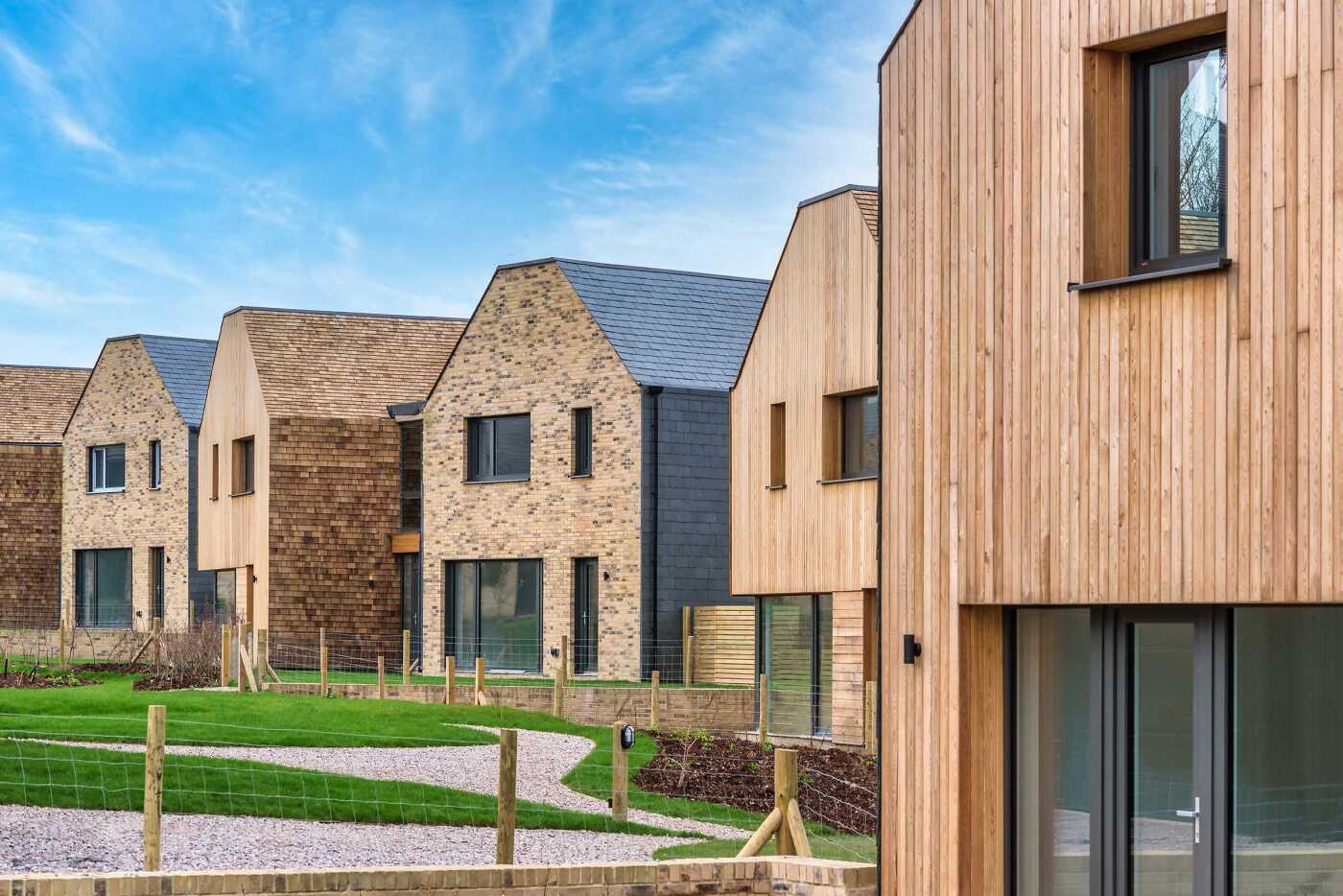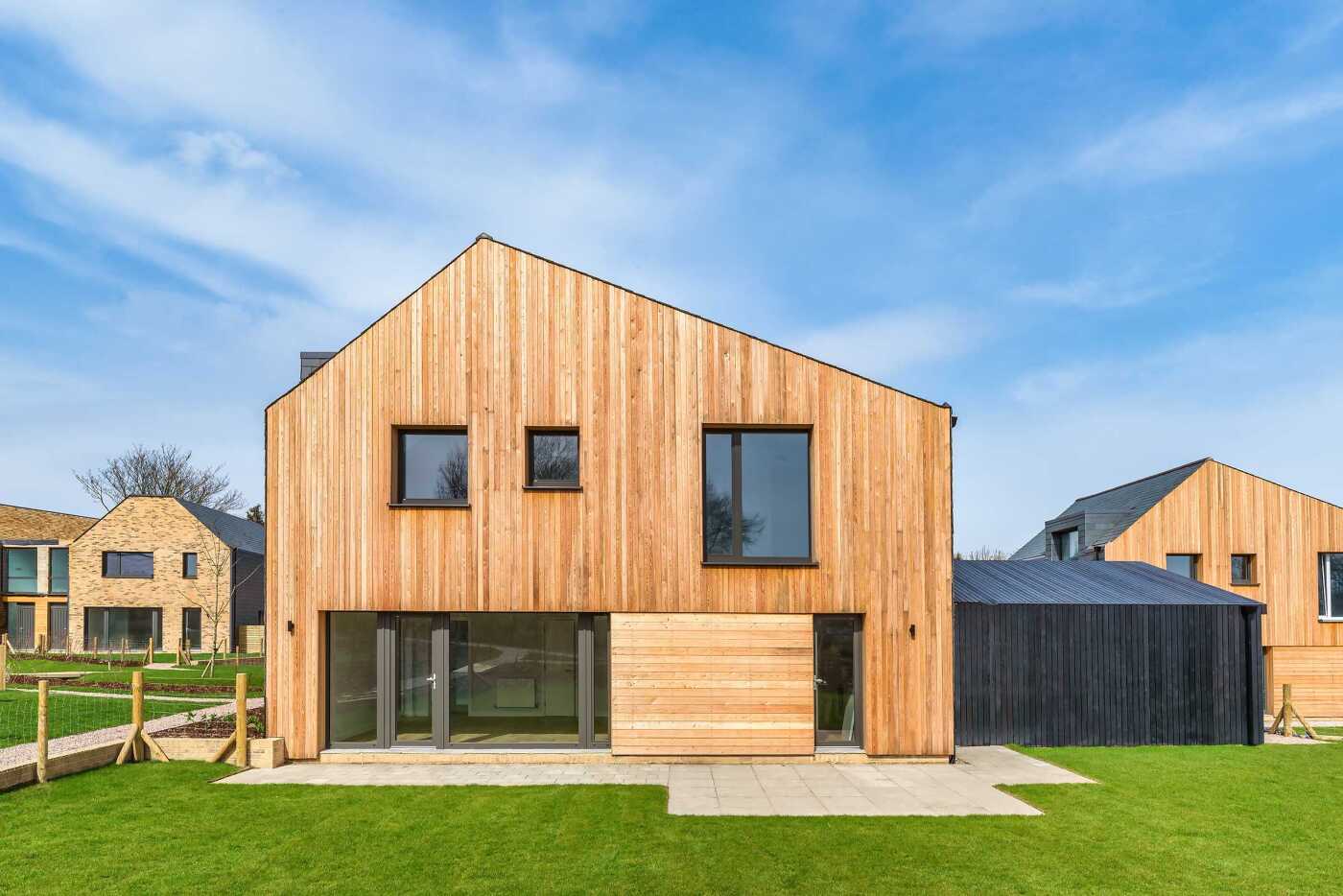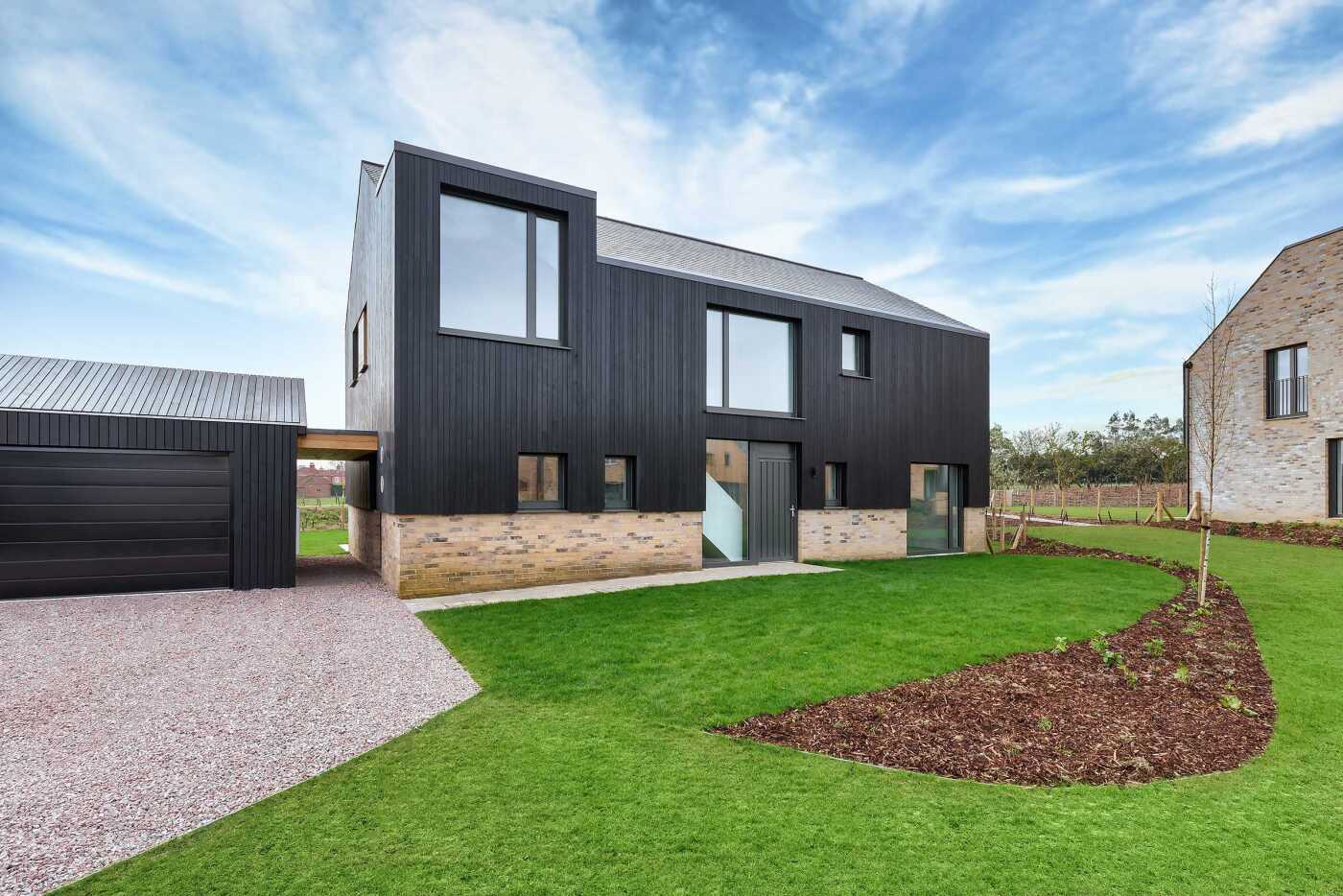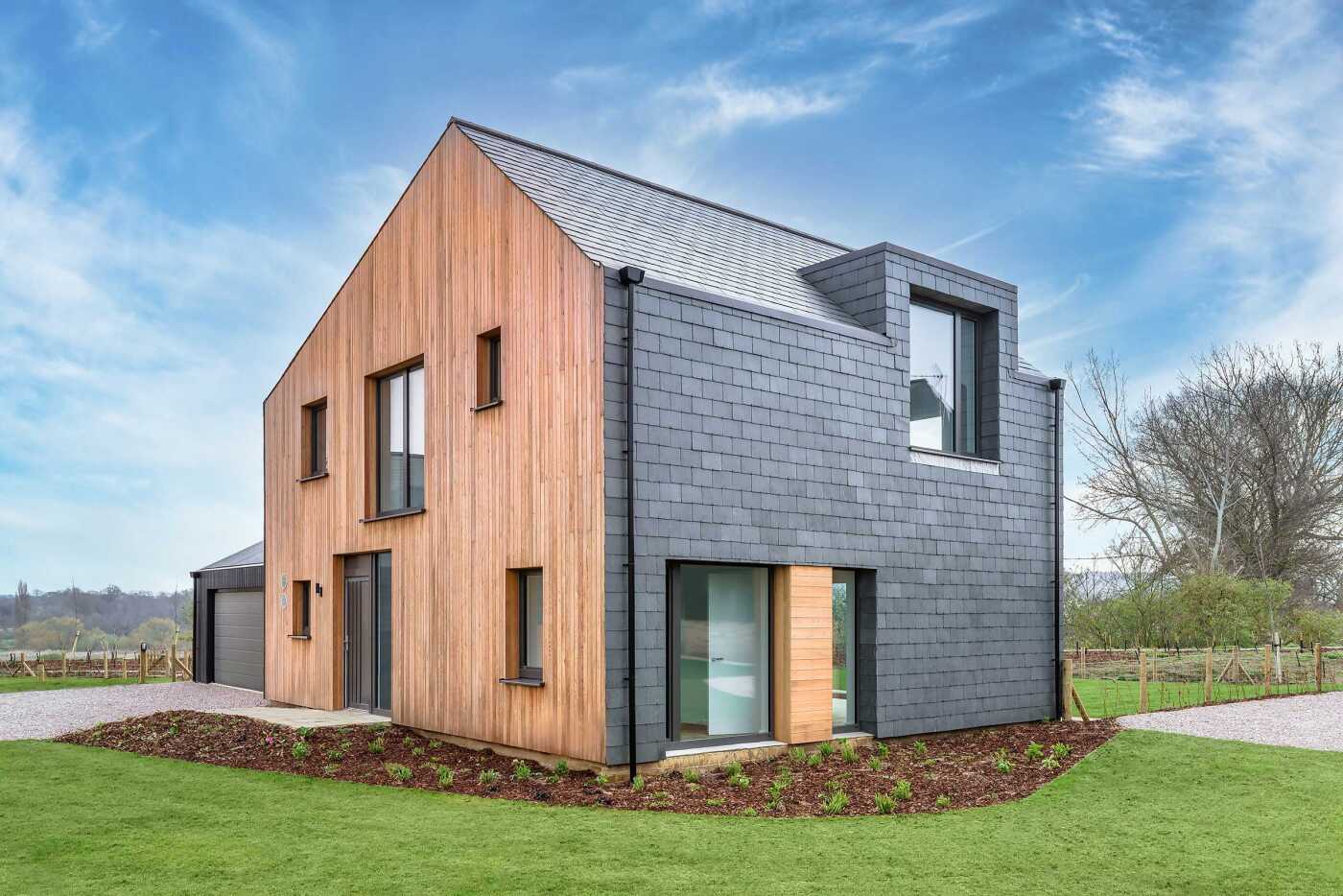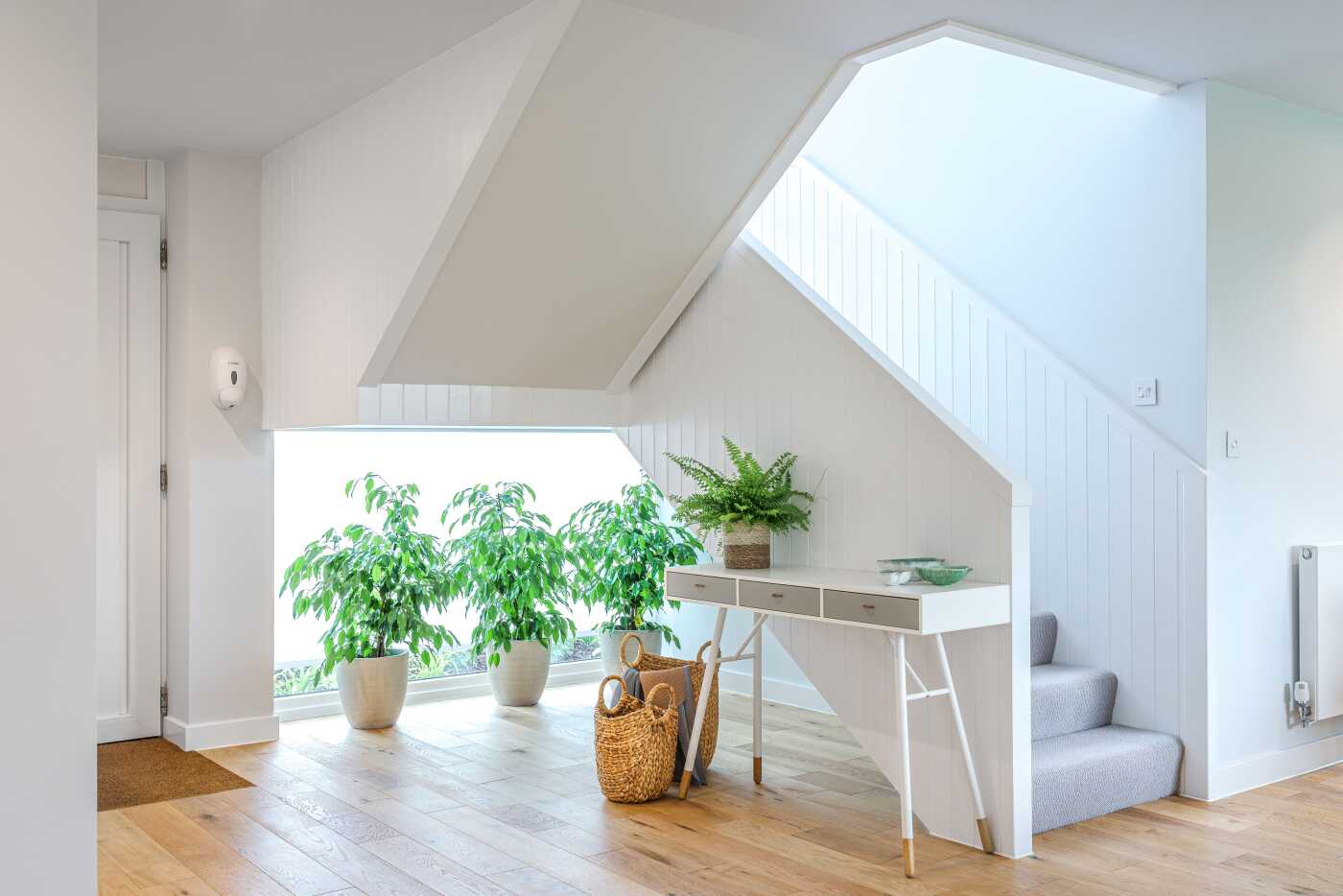What makes a sustainable house sustainable?
Government and environmental campaigners have been championing the need for a more sustainable way of living for some time now.
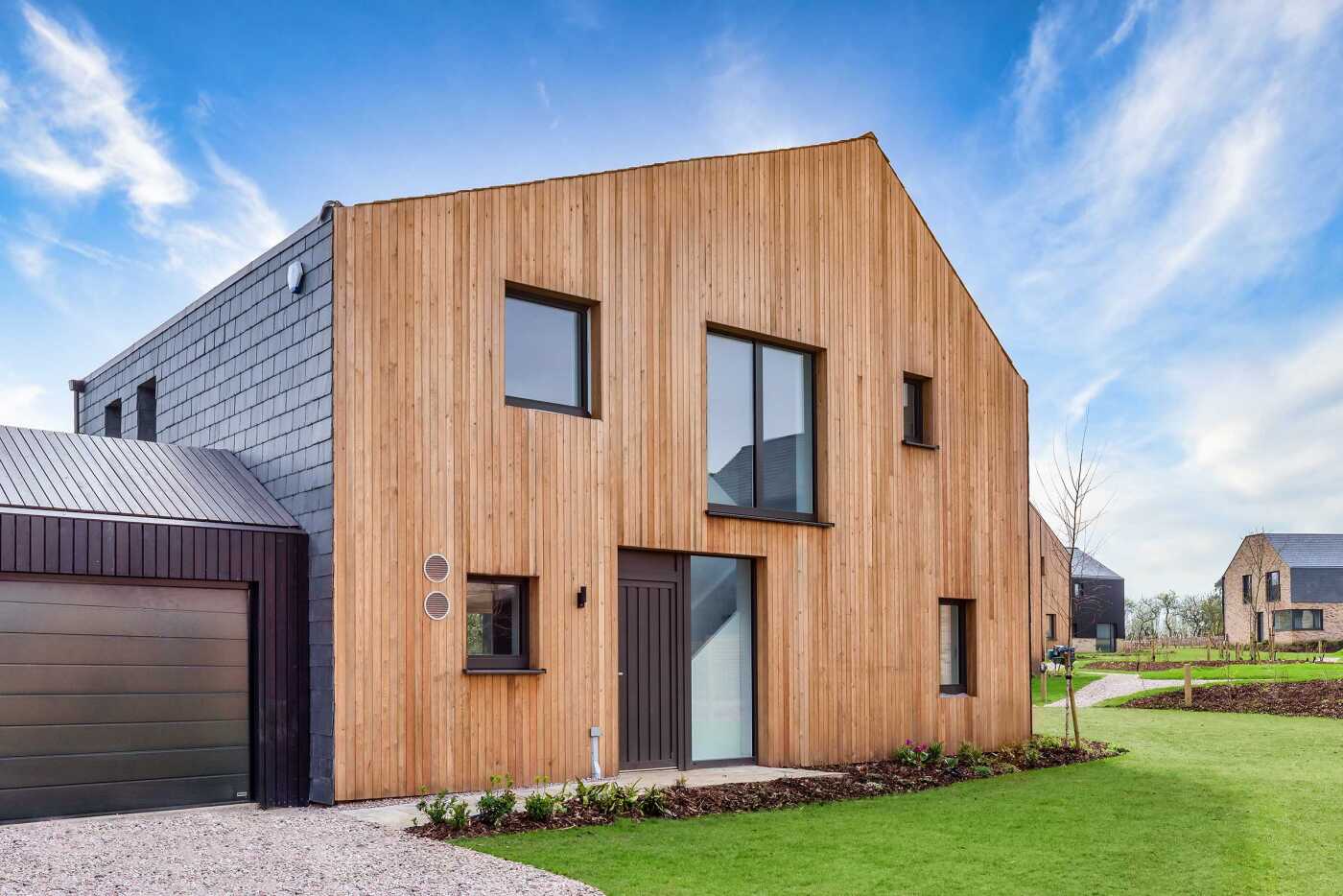
While we are seeing the rise of electric vehicles and the reduction in single use plastics, many industries have been slow to jump onboard, with increased costs caused by a change in the way businesses need to operate and the challenge of having to reskill and retrain existing employees, a large gap remains between what’s needed, and what currently exists in the fight for a more sustainable future.
At Gold Property, innovation and sustainability are at the heart of what we do. Our Fairbrook Grove development in Faversham, Kent, is a prime example of this. We worked with InsideOut, a group of solution orientated architects, to put together a sustainable property development, that aims to not only provide a growing market with the ability to buy an eco-friendly home, but also help shape the future of housing.
But what is a sustainable property or an eco-friendly home? Words get banded about a lot, and it all sounds good on the face of it, but what are you really buying when you purchase a home that is very much at the forefront of cutting-edge technology and innovation?
A Passivhaus (Passive House) is an ordinary home with extraordinary benefits
The homes at Fairbrook Grove meet what is known as the Passivhaus Standard.
A home can be considered a Passivhaus if it is low energy, built with high quality materials and provides the very best indoor comfort and wellbeing. This is achieved by building a home that is super-insulated (up-to 40% more than standard insulation), draught free, provides constant fresh-air through the introduction of Mechanical ventilation (MVHR) and has high-performance triple glazed windows.
Together, this results in a house that reduces your heating bill whilst helping to protect the environment.
https://www.youtube.com/watch?v=CasrjYhZB1M&t=9s
A Passive House Home helps its new owners to save on energy bills, reduce carbon emissions and support a more sustainable way of life.
The Passive house standard is geared towards the implementation of air source heat pumps that help to reduce the amount of energy used for heating and direct hot water using heat energy from the ambient air, which is a free and renewable energy source resulting in lower cost bills. The thick and heavily insulated walls along with triple glazed windows and integral Passive house requirement for airtightness all help mitigate the impact of noise and heat loss.
Each of the eight detached and six link detached homes at Fairbrook Grove are orientated in a north – southerly direction to maximise solar gain (radiation from the sun that heats the building) in accordance to the strict Passivhaus requirements.
Should you buy a Passivhaus?
There’s the practical reason for buying a Passivhaus. While a new home that meets the Passivhaus standard can cost you slightly more upfront, the long-term running costs of a Passivhaus are much lower compared to a standard new build home.
“The heat losses of the building are reduced so much that it hardly needs any heating at all. Passive heat sources like the sun, human occupants, household appliances and the heat from the extract air cover a large part of the heating demand. The remaining heat can be provided by the supply air if the maximum heating load is less than 10W per square metre of living space. If such supply-air heating suffices as the only heat source, we call the building a Passivhaus.” Prof. Dr Wolfgang Feist Director of the Passive House Institute, Darmstadt, Germany
